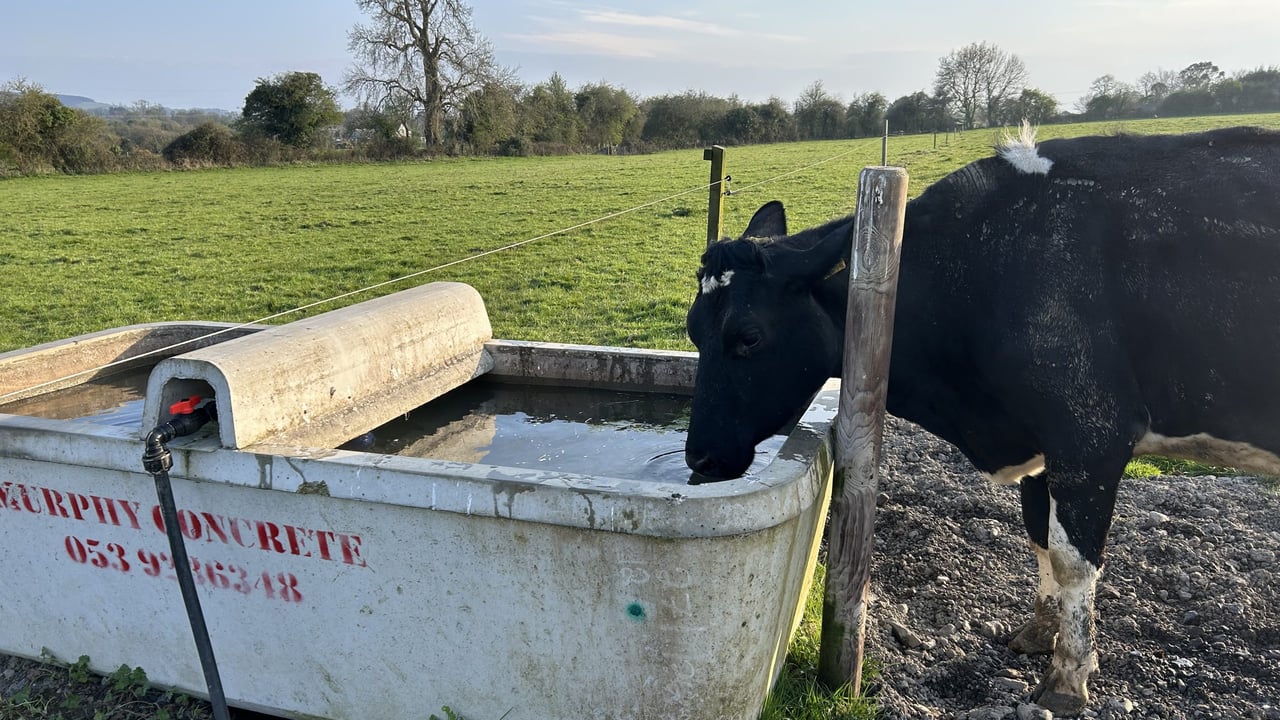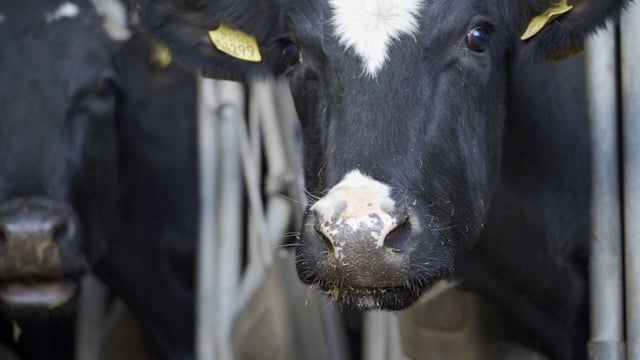Are your troughs sufficient for the warm weather?
The first thing that should be checked before cows go into a paddock is whether they have access to water or whether the tap on the trough is turned on, especially with the warm weather we are experiencing.
Grassland management is critical for a profitable dairy system, so much so, that the first thing we look when setting up a paddock is how much grass is in the field and how many grazings the cows will get from it.
However, sometimes we get so hooked up the grass side of things, that we forget to check the most basic things, such as access to water and whether the pressure going to the tank is sufficient for the number of cows.
A lot of troughs have taps to turn on and off the water flow and quite often, if a tank is overflowing or leaking in some way, this is noticed when out spreading fertiliser or doing field work and the tap is just turned off.
A lot of the time, this leads to to a tap getting turned off and forgotten about until the cows are going into the paddock, which highlights the importance of checking each trough as you are getting the cows in every morning and evening.
During these drier spells that we have experienced in recent weeks, the dry matter (DM) of the grass is higher, meaning water intake will increase.
Peak water demands occur after evening milking, and to a lesser extent after morning milking – a trough space of 450mm/cow should be allowed.
Quite often, water troughs are set up on roadways in order to provide for two or three paddocks, but this can restrict the herd's access to water as it results in queuing.
In an ideal situation, the water trough should be located in the middle of the paddock in order for the cows to access water from all angles.
Milk is almost 90% water and cows drink 4-4.5L of water/kg of milk produced – daily drinking requirements vary but can be 60-140L/cow.
On an average day, a 150-cow herd could drink up to 10,000L (65L/cow) – the water system must be sufficient to ensure that this quantity of water is delivered to the paddock.
For your trough size, there should also be a reserve of water in your paddocks of about 9L/cow, which is the equivalent of 1,350L (300gal) for a 150-cow herd.
An appropriate size pipe will allow for a good flow rate. If a trough is empty after cows use it, it is likely that the flow of water is lower than the demand and so troughs should be inspected before and after each milking.
A wider pipe is often required to increase the amount of water that can flow through the system. For the main waterline, a 38-42mm internal diameter is required for a 150-cow herd.
When inspecting a water trough after a grazing or during a grazing, the following should be quite noticeable:
- No queuing at water trough;
- Trough always filled after milking;
- No leakage;
- No cow tracks to trough as it indicates a long walk to troughs.
When cows have to walk long distances to and from the parlour, it may be useful to install a trough along a highly trafficked area, as long as it does not disrupt cow flow.
These trough can be installed in wide areas of passageways as you don’t want them causing delays and potentially causing pinch points which can then lead to lameness issues.
Where possible, these troughs could be placed in an area that can only be accessed after milking, or while cows are in the collecting yard.
Troughs should be regularly cleaned out – remove any algae or objects that are present in the water trough, as they can potentially reduce a cow’s water intake.





